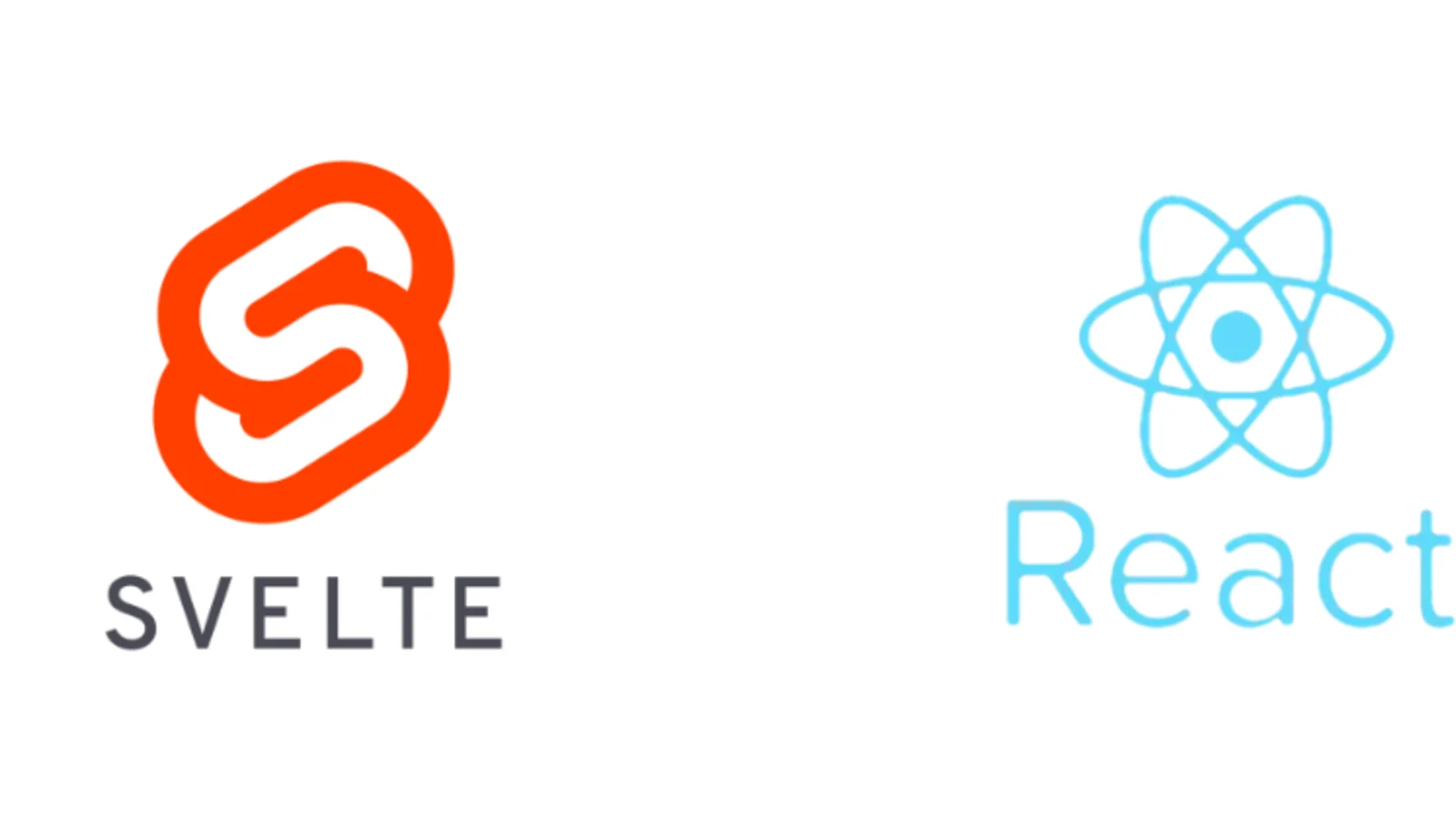Svelte Vs React: Choosing the Right Framework for Your Project

Svelte vs React: Choosing the Right Framework for Your Project
Choosing the right front-end framework is a crucial decision for web developers, and two popular contenders in this space are Svelte and React. In this blog post, we'll explore the strengths and differences between Svelte and React to help you make an informed decision for your next web development project.
Svelte
What is Svelte?
Svelte is a relatively new and innovative JavaScript framework that takes a different approach to building user interfaces. Unlike traditional frameworks where the work is done in the browser, Svelte shifts the heavy lifting to the build step, resulting in smaller and more efficient runtime code.
Key Features of Svelte:
-
Zero-runtime Library: Svelte generates highly optimized, plain JavaScript at build time. This means that the final bundle sent to the browser is smaller, leading to faster load times.
-
Declarative Syntax: Svelte uses a clean and declarative syntax similar to other frameworks like React. However, its approach to reactive programming is more intuitive and less boilerplate-heavy.
-
Built-in Animations: Svelte simplifies the process of adding animations to your components by providing built-in transitions and animations without the need for additional libraries.
-
No Virtual DOM: Unlike React, Svelte doesn't use a virtual DOM. Instead, it directly updates the DOM during runtime, resulting in potentially faster rendering and less memory overhead.
-
Easy Learning Curve: Svelte's syntax is approachable and easy to learn, making it an attractive option for beginners or developers transitioning from other frameworks.
React
What is React?
React, developed by Facebook, is one of the most widely used JavaScript libraries for building user interfaces. It follows a component-based architecture and utilizes a virtual DOM to efficiently update and render UI components.
Key Features of React:
-
Virtual DOM: React's virtual DOM efficiently updates only the parts of the actual DOM that have changed, reducing the overall time spent on re-rendering components.
-
Large Ecosystem: React has a vast and active community, resulting in a rich ecosystem of third-party libraries and tools. This makes it easier to find solutions to common problems and integrate additional features into your project.
-
JSX Syntax: React uses JSX (JavaScript XML), a syntax extension that allows you to write HTML within JavaScript code. This provides a more concise and expressive way to describe the structure of your UI components.
-
Component Reusability: React promotes the creation of reusable components, making it easier to maintain and scale large applications. Components are modular and can be composed to build complex user interfaces.
-
Strong Community Support: React has a large and dedicated community, ensuring ongoing development, updates, and a wealth of resources for developers.
Choosing Between Svelte and React
When to Choose Svelte:
- If you prioritize smaller bundle sizes and faster load times.
- For projects with a focus on animations and transitions.
- When looking for a framework with a straightforward learning curve.
When to Choose React:
- For large-scale applications with complex state management.
- If you value a mature ecosystem with a wide range of libraries and tools.
- When working with a team, as React's popularity ensures a larger pool of experienced developers.
Conclusion
Ultimately, the choice between Svelte and React depends on your project requirements, team expertise, and personal preferences. Svelte's innovative approach to compilation and simplicity makes it an attractive option for certain projects, while React's robust ecosystem and virtual DOM offer powerful capabilities for building complex applications. Evaluate your project needs and consider the strengths of each framework to make the best choice for your next web development endeavor.